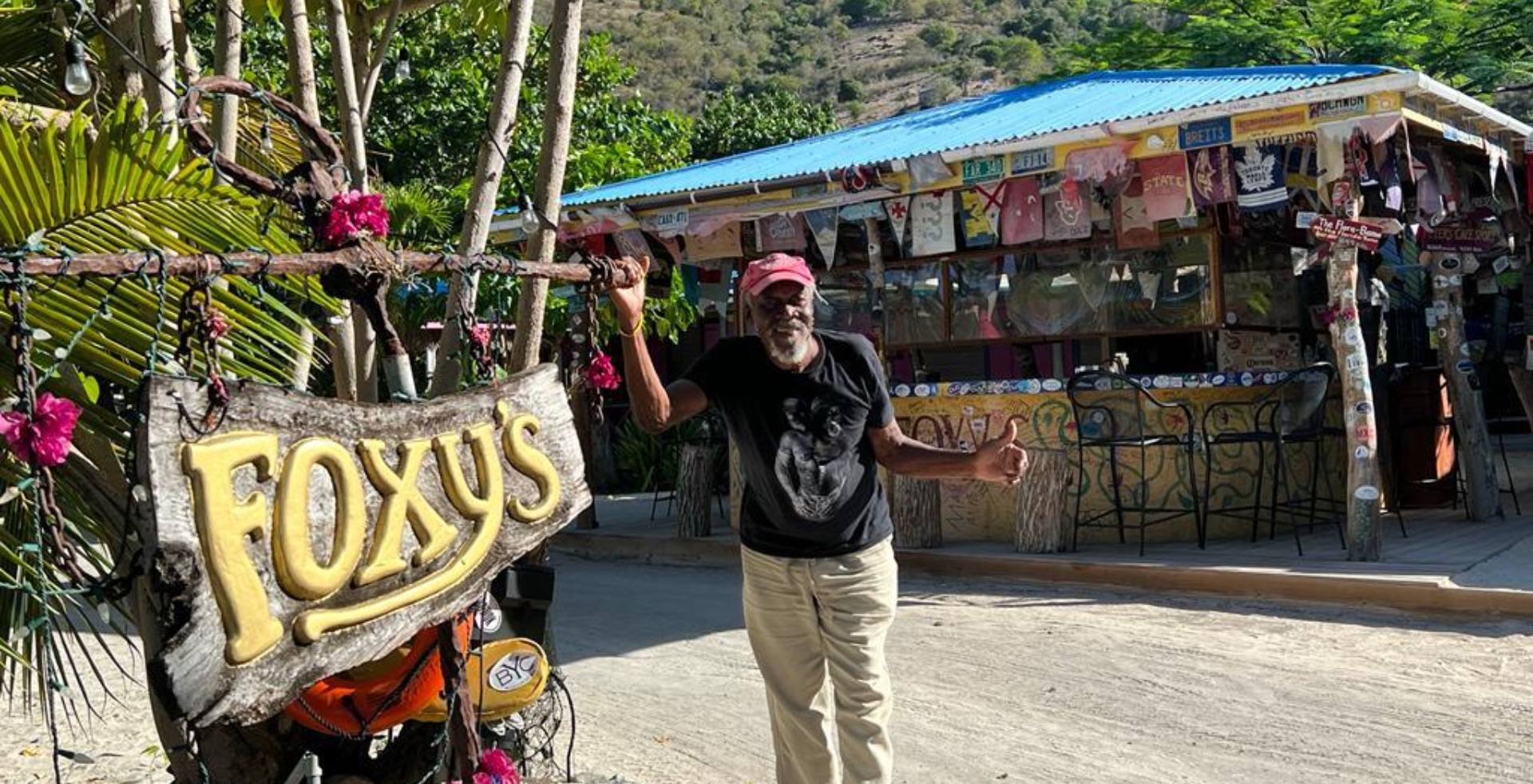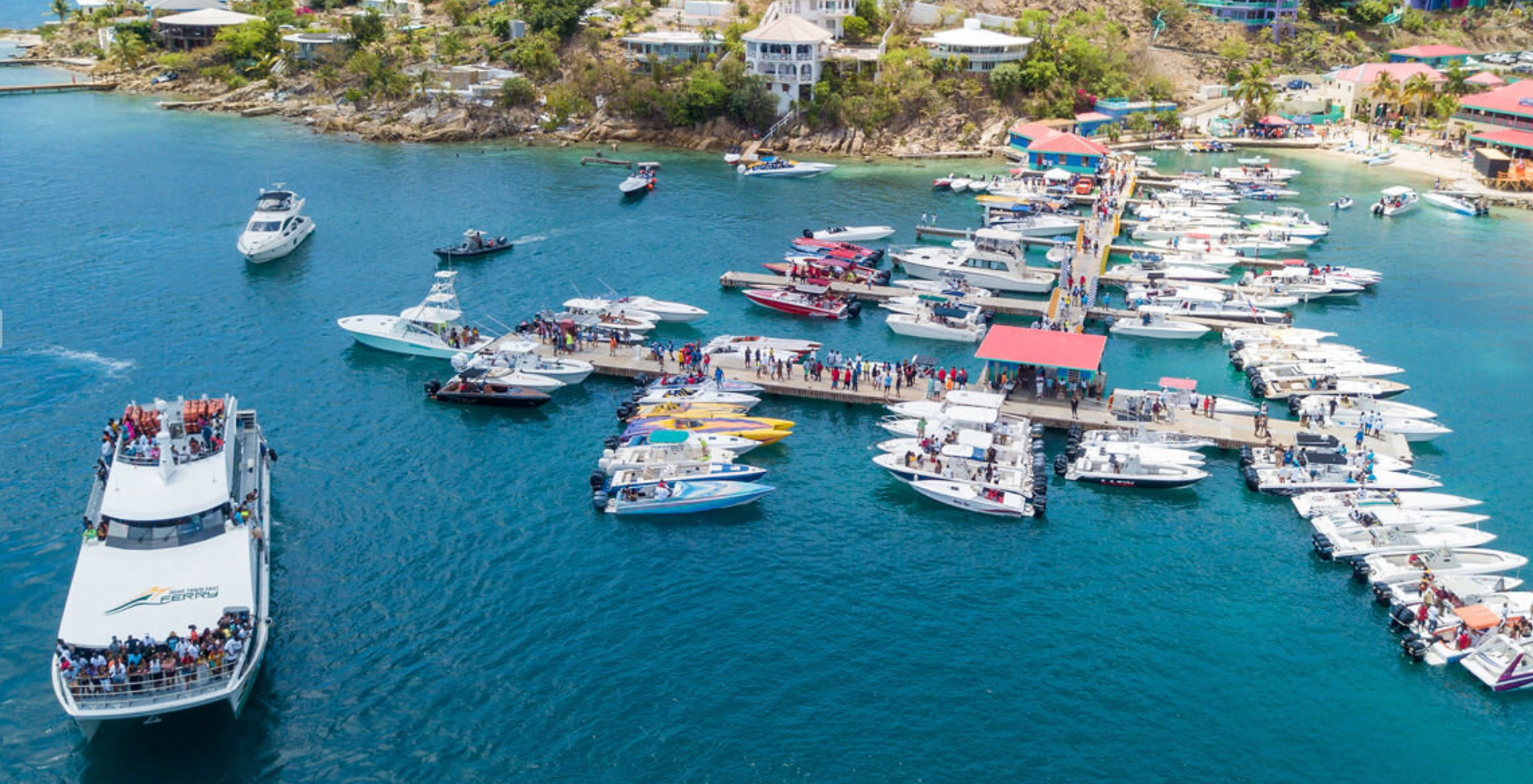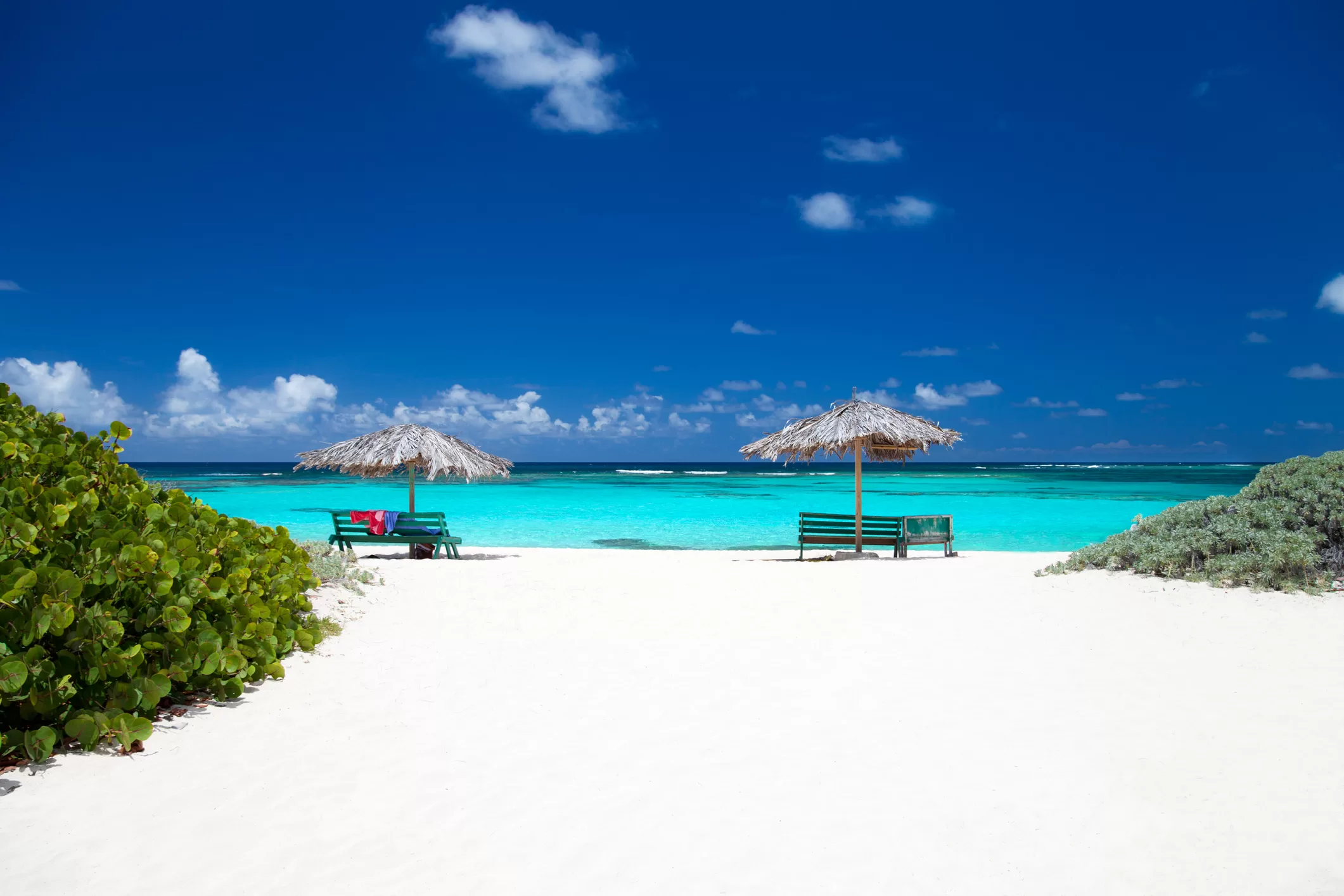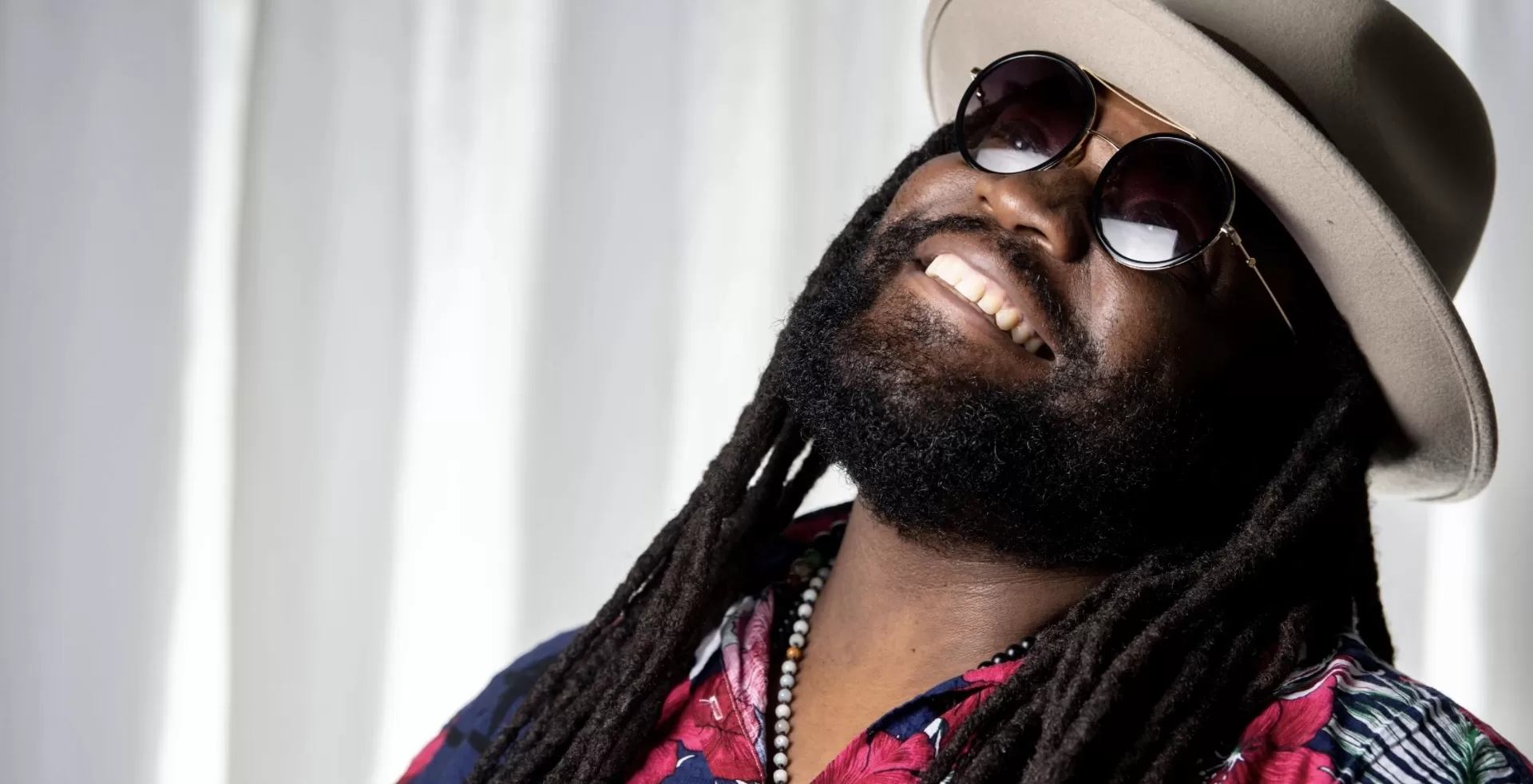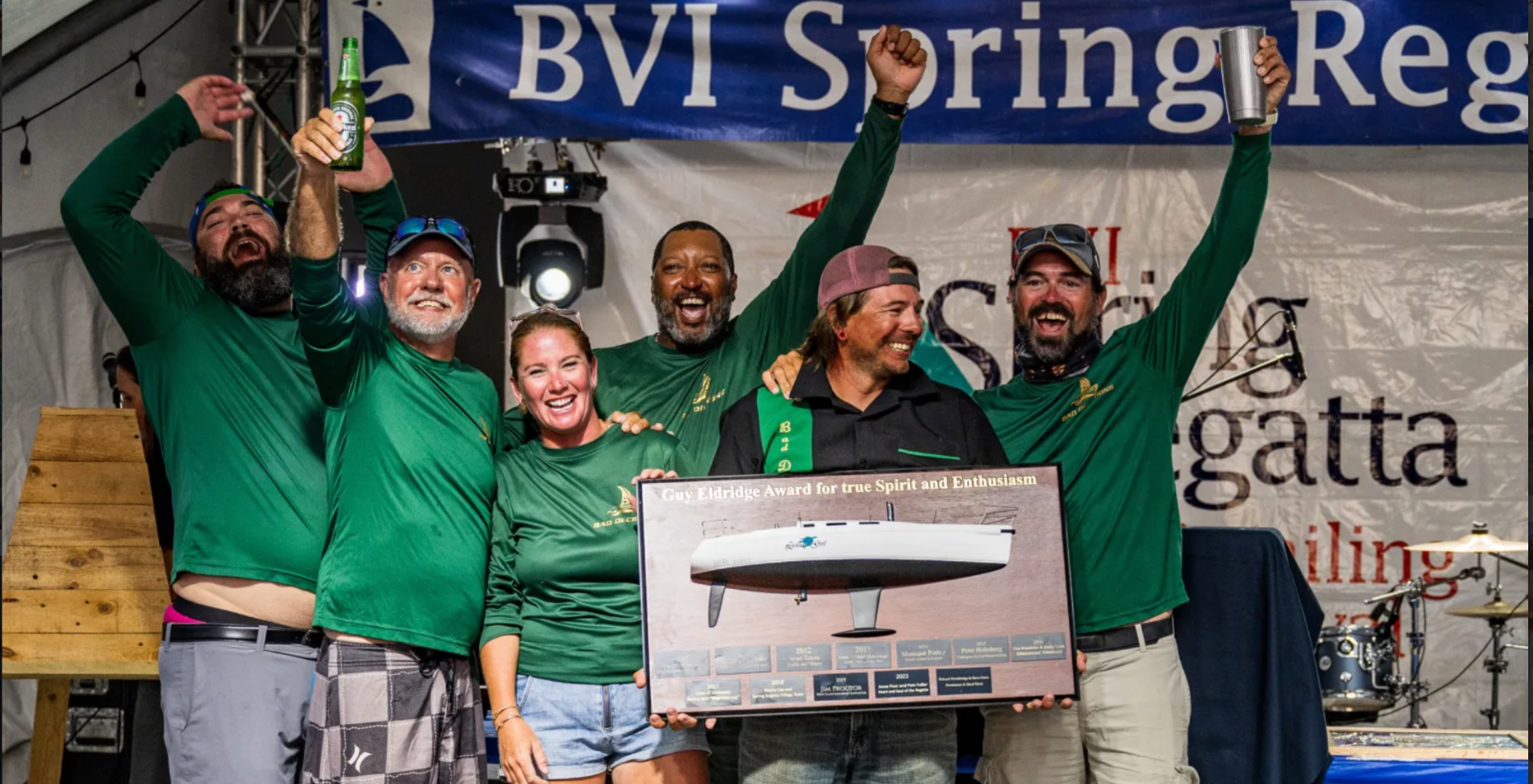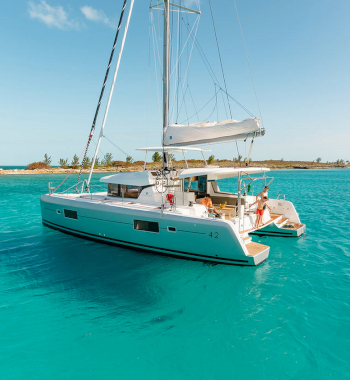The BVI’s Many Islands
Tortola, Virgin Gorda and the Smaller Islands
The British Virgin islands are like a large and robust family. Whether quiet or flamboyant, mountainous or flat, each island contributes its own unique nature to the mix. Among the BVI’s 50 or so island or cays, only a few of them are inhabited. From Tortola, the chain’s main island to Anegada, the beach island, each has its unique charm. Come with me on a tour of just some of them.
Tortola:

Tortola is the largest in the BVI’s chain of islands. At 21 square miles, and 17 miles long, it is an island of contrasts. About the same size as Manhattan but with a much more modest population of around 24,000, Tortola is the antithesis of big city life. Our high rises are green carpeted hillsides, the roads wind precipitously around the island, and the economy is powered by a tourism industry capitalizing on the islands’ assets of beauty, sea and sand, alongside a thriving international finance industry.
On his second trip to the New World in 1493, Columbus sailed past, but did not step foot on the islands that now comprise the BVI. Nonetheless he was so impressed with their untouched beauty that he named them Islas Virgenes – the Virgin Islands. Thick hardwood forests blanketed the rounded mountains that rose steeply from the sea. An abundance of sea birds flew overhead and crystal clear waters teemed with fish and colorful corals.
The highest point in the British Virgin Islands is Sage Mountain. A national park with rainforest like conditions, it can be reached along Tortola’s dramatic Ridge Road. Along Tortola’s hillsides and mountainous ridge, explorers will find a mixture of modern apartment blocks and old-style West Indian buildings painted in an array of Caribbean colors; terraced farms planted with cassava and other root crops, and gardens of bougainvillea and frangipani dot the hillsides. Breathtaking views of the outlying islands can be spotted at every turn.
At sea level, things are more down to earth. Tortola is the commercial center of the BVI, and its main town, gradually becoming a small city, is Road Town. Road Town is situated around Road Harbour, a large protected bay that is the island’s’ main port. The BVI government is located in Road Town, primarily housed in a three-story glass and masonry building on the edge of the harbor. The territory’s court house and House of Assembly are in Road Town, as are the island’s main shopping district, several marinas, hotels and dozens of offices for the territory’s bustling financial industry.
Other parts of the island are comprised of a series of small villages, many hugging the shoreline. Some beachside communities like Apple and Josiah’s Bays are well-known surfing spots and others like Carrot Bay are quiet fishing villages. East End, Tortola is more populated and here along the shore road you will find several bustling communities including Long Look and Fat Hog’s Bay.
The island’s north shore is where you will find the beaches of classic white sand fringed with palms and seagrapes. Some like Cane Garden Bay, are also the location of vibrant communities and beachside bars and restaurants; on the island’s northwestern shore, the small community of Long Bay, spans a spectacular mile-long beach with guest houses lining its eastern half while the western end is government owned and remains undeveloped.
Virgin Gorda:

Virgin Gorda’s beaches are among the islands’ most expansive. More arid than Tortola, it’s cliffsides and valleys are sprinkled with wild frangipani, cacti and succulents.
Most visitors arrive by ferry into the laidback settlement of Spanish Town. Located in The Valley, an area of softly rolling hills, Spanish Town has restaurants, a few small shopping plazas and a couple of banks. Not exactly a booming metropolis, but just the right speed for this quiet and sparsely settled island of 4,000. With its high-end villas and resorts, Virgin Gorda has a certain caché. Yet it also remains a place of old-time villages, spectacular scenery and down to earth people.
Most impressive are the area’ granite boulders that are sprinkled through the countryside like a child’s giant building blocks. These boulders also comprise the geological wonder, The Baths. The BVI’s most famous attraction, they are located in The Valley along the southwestern shore. Also, in The Valley but perched above a windswept cliff is The Coppermine, a series of still visible mine shafts and 19th century stone buildings that housed the copper works. It is now a national park
A steep and scenic road leads out of The Valley to North Sound, the location of some of the BVI’s most exclusive luxury resorts. The road will take you past Gorda Peak, the island’s highest point and then down to Leverick Bay, site of vacation villas, a restaurant and a small hotel. Another road leads down to the local community of Gun Creek. Here there is a public dock where North Sound resorts pick up guests by boat since these properties can only be reached by water.
Jost Van Dyke

With just 300 souls, few roads and a handful or so of private cars and taxis,
Jost Van Dyke is a sleepy isle that seems to have been bypassed by the modern world.
But what you will find are some amazing beaches and numerous fun waterfront bars and restaurants in Great Harbour, White Bay, Little Harbour and Diamond Cay.
Great Harbour is Jost Van Dyke’s primary bay and is where the daily ferry from the West End of Tortola comes in – which unless you are on your own boat – is the only way to get there. Foxy’s famed Tamarind Bar and many other fun barefoot in the sand bars and restaurants are located along the sandy beach that also serves as its primary thoroughfare. To the west, White Bay, is a striking stretch of white sand with several beach bars and is a popular destination for daysail boats from Tortola and the nearby US Virgin Islands.
Anegada

For centuries, this island which lies about 40 miles (65 km) north of Tortola, was largely isolated from the rest of the Virgin Islands. Protected by the treacherous Horseshoe Reef, few vessels dared venture there and those that did were often ensnared on the shallow coral heads, and many a Spanish galleon or 20th century cargo ship litter its seabed. Although currents can be strong here, this reef makes for good snorkeling.
A coral island, Anegada is only 28 feet above sea level at its highest point and is ringed by a seemingly endless stretch of powdery white sand. With a full-time population of less than 300, it can seem like the proverbial desert island. Anegada has one small community, The Settlement, and several inland salt ponds which are the home of a stately Roseate flamingo population. Another of the island’s distinctive residents is the indigenous Anegada Rock Iguana. This impressive 5’ (1.5 meter) long reptile has a shy nature, steely gray coloring and the look of a prehistoric creature
Another of Anegada’s distinctive features are the conch islands just off shore, created by the discarded shells of hundreds of years of conch fishing. If you can’t sail there yourself, a ferry from Road Town connects Anegada to Tortola, as do regular flights aboard small commuter planes.
The Small Ones
Adding to the BVI’s geographical diversity is the dozens of islands that comprise this rich and varied archipelago. Some have their own beach bars and restaurants and others are bird sanctuaries, national parks or boast unique geological formations. Most can only be reached by boat.
Norman Island, the Caves and the Indians. A largely uninhabited island to the south of Tortola, Norman has a colorful history of pirates and buried treasure and is reputedly the setting of Robert Louis Stevenson’s, novel, “Treasure Island.” At the Bight, the island’s main anchorage, is Pirate’s, a popular beachside restaurant, and the floating bar and restaurant, The Willy T is anchored nearby. The Caves lie around the point just west of the Bight, and are a prime snorkeling spot. Nearby another geological landmark is the Indians. These jagged rocky projections, fancifully likened to an Indian headdress, are a popular snorkeling and dive spot.

Peter Island is located to the south of Road Harbour. There are several lovely beaches here including Deadman’s Bay on its north shore and White Bay on its south shore. Once the home to a small local community, it is also the location of the Peter Island Resort, which had been damaged in Hurricane Irma in 2017 and is under reconstruction.
Salt Island and its residents played an important role in Virgin Islands history. Salt traditionally harvested from the island’s salt ponds provided Virgin Island residents and passing ships with the salt needed for food preservation pre-refrigeration. The island is now uninhabited but Salt Island descendants come each year for a day-long celebration of their heritage. Along the island’s west coast are the graves of some of the victims of the RMS Rhone, a Royal Mail packet ship that sank off Salt Island during a hurricane in 1867.
Fallen Jerusalem, located to the south of Virgin Gorda, is a true gem and part of the Virgin Islands National Park system. With its tumble of granite boulders interspersed by white sand, it can only be reached by boat and when the sea is calm.

Sandy Cay, a small island off Jost Van Dyke, is a national park. Uninhabited and fringed with white sand and palm trees, this Robinson Crusoe-style desert isle has a nature trail leading through natural vegetation at its center.
Sandy Spit slightly to Sandy Cay’s north, is even smaller and virtually all sand. There is good snorkeling on its outer reef.
Little Jost Van Dyke just off the eastern tip of Jost Van Dyke is where well-known 18th century London physician John Coakley Lettsom was born, and some of the remains of his family’s plantation can still be found there.
Prickly Pear, a sandy desert-like island in the center of North Sound, is a national park and also has a beach bar.

Little and Great Tobago and West Dog are national parks and protected bird sanctuaries. In all, there are national parks preserving the islands’ beauty throughout the Virgin Islands. For more information and a complete list of the Virgin Islands national parks, go to www.bvinpt.org
A Few More Islands: As the saying might go, “There are so many islands and so little time.” One of the delights of the BVI is its seemingly infinite array of islands to visit. Scrub Island, Cooper Island, and Saba Rock are among the BVI’s popular anchorages and “watering holes.” Necker Island, owned by Richard Branson of the Virgin Group is not open to the public but island tours of its wild fauna can be arranged. Dead Chest, located off Peter Island, is uninhabited. According to lore it is where Blackbeard stranded his crew with naught but a bottle of rum. As the ditty was goes, “Fifteen men on a dead man’s chest. Yo ho ho and a bottle of rum.”

